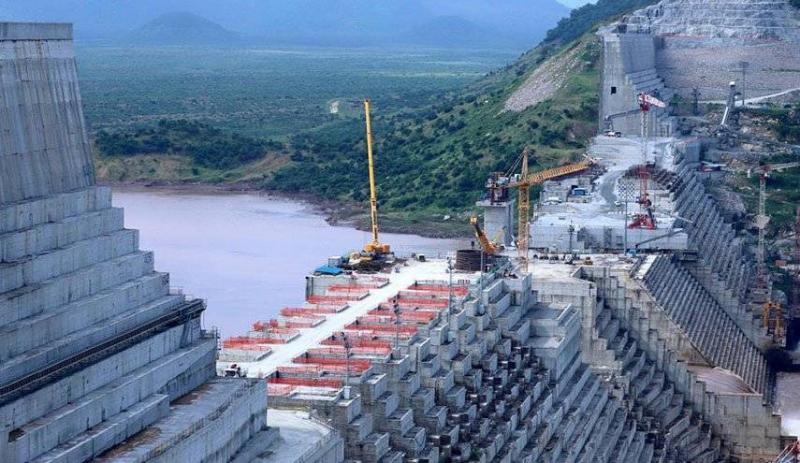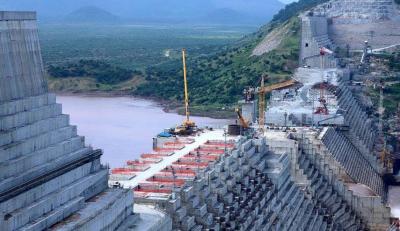Egyptian officials and experts have confirmed that the Grand Ethiopian Renaissance Dam (GERD) is internationally classified as one of the most dangerous projects and that its potential collapse is possible. Dr. Hisham Bakheet, a hydraulics professor at Cairo University and a member of Egypt's delegation in the GERD negotiations, stated that the likelihood of a facility collapsing anywhere in the world depends on many factors. He pointed out that numerous reports indicate the possibility of the Ethiopian dam's collapse upon completion of the filling process.
During an open dialogue session organized by the Supreme Council for Media Regulation in collaboration with the Ministry of Water Resources and Irrigation on Saturday, he emphasized that the dam is internationally classified as one of the most hazardous projects due to the geological reality of the area, which cannot support any concrete structures. He mentioned that if the dam were to collapse, the situation would be catastrophic for Sudan.
**Significant Changes**
He added that there have also been significant changes during the operation, particularly concerning the openings for electricity generation and the method of filling the dam without benefiting from this filling, noting that to date, this water has not been used for electricity generation, raising questions.
Dr. Ragab Abdel-Azim, Deputy Minister of Water Resources, confirmed that a plan has been developed to secure Egypt’s water needs until 2050. He added during the session that the ministry has been working since 2017 to solve existing problems, including water shortages, which have been addressed by constructing 100 treatment plants for agricultural wastewater, as well as reducing water-intensive crops like rice and sugarcane.
**Serious Defects**
In the same session, Minister of Water Resources and Irrigation Dr. Mohamed Abdel-Ati stated that Egypt will not allow a water crisis to occur and that all scenarios are being studied, pointing out that the GERD has serious defects that have been announced, along with others that have not yet been disclosed. He noted that the Egyptian state is working with all its bodies around the clock and will decide when it deems appropriate and according to its interests, adding that his country has participated in building many dams in some African countries.
He explained that the problem with the dam is its size and the management and joint operation, confirming that Ethiopia lacks the political will to reach a binding agreement on filling and operation, unlike Egypt which desires this.
**Unfruitful Negotiations**
Since 2011, the three countries (Egypt, Sudan, and Ethiopia) have been negotiating to reach an agreement on the filling and operation of the dam, which holds 74 billion cubic meters of water and is intended to be the largest hydropower source in Africa with a capacity of up to 6,500 megawatts, without any significant outcome. While Addis Ababa views this project as essential for achieving economic development, Egypt sees it as an existential threat, as the Nile provides about 97% of the country's irrigation and drinking water. Khartoum also perceives it as a threat to its interests.
In March 2015, the leaders of the three countries signed a Declaration of Principles Agreement in Khartoum to overcome their differences, but obstacles have continued to emerge since then.




